Why Do Cats Pee on Bathroom Rugs? (Reasons & Prevention)
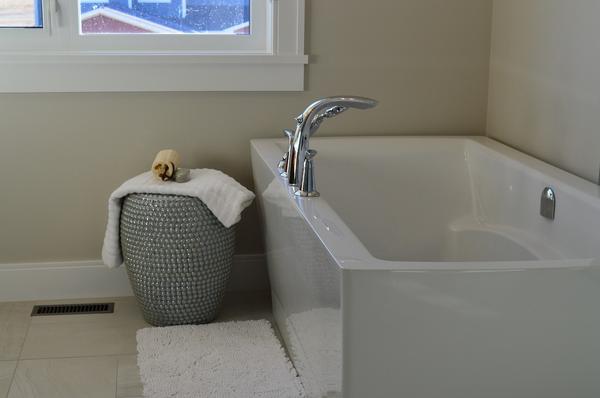
Ever come home after a long day, ready to unwind and relax in your bathroom oasis, only to be greeted by an unpleasant surprise on your bathroom rug?
Are you beginning to think that your cat is deliberately plotting to ruin your life, one pee stain at a time? 😾
Trust me, I hear you.
It's frustrating, it's infuriating, and it's enough to make you want to tear your hair out.
But fear not, my friend.
Let's explore the mysterious world of why cats pee on bathroom rugs.
Shall we?
Common Reasons Why Cats Pee on Bathroom Rugs
Cats pee on bathroom rugs for different reasons
Cats have their own reasons for peeing on the bathroom rug. It could be due to medical conditions, like if they're not feeling well.
So you should check for any health issues before jumping to conclusions.
But it's not just about health.
Cats can also do this because of territorial disputes.
They might want to show you that they own the bathroom and everyone should respect their boundaries.
And let's not forget about stress.
Just like us, cats can get stressed too.
Changes in routine or environment, or even having a new family member, can make them pee on rugs as a form of protest or to relieve stress.
Take a look at the litter box
It's always good to check if your cat is trying to tell you something about the litter box.
Is it clean enough for their high standards?

Do they have enough options available?
Cats are quite picky when it comes to their bathroom needs.
If the litter box doesn't meet their expectations, they might take matters into their own paws. So ensure to provide a clean and comfortable space for them to do their business.
Addressing and correcting the behavior
Now, here's what you need to know. Peeing on rugs is not considered normal behavior for cats.
You don't want them turning your bathroom floor into their personal litter box forever!
By understanding why this habit developed, you can take steps to change their behavior.
Create a stress-free environment for them, address any issues with the litter box, or seek professional help if needed.
The key is to show them love, be patient, and figure out what's going on with them.
Cats have their own unique personalities and motivations.
With some care and detective work, you can guide them back to proper bathroom habits.
Main points I'll expand upon further down this article:
- Frequent urination in cats can be a sign of underlying medical conditions.
- Synthetic feline pheromones can help discourage peeing on rugs.
- Consult a vet to rule out medical issues and for a health check.
- Inappropriate urination is not a result of being naughty or spiteful.
- Neutering can reduce urine spraying behavior in male cats.
- Identify and address underlying causes of stress and anxiety.
- Provide a suitable litter box and consider the cat's preferences.
- Regularly clean and maintain the litter box to prevent alternative elimination.
- Cats may spray or mark their territory by peeing on rugs.
- Clean the area with enzymatic cleaner and use deterrents to prevent peeing on rugs.
But what if it's not just about their behavior or environment?
What if there are underlying medical issues causing this problematic habit?
Let me tell you, addressing their health is crucial.
Medical Conditions and Urinary Tract Infections (UTIs) as Causes
Cats may pee on bathroom rugs due to medical conditions and UTIs, particularly in elderly cats. Frequent accidents or increased urination could indicate underlying issues like diabetes or UTIs. Providing multiple water sources and synthetic feline pheromones can help alleviate the problem.
Cats peeing on bathroom rugs can be caused by medical conditions and UTIs. This affects cats of all ages, especially elderly cats due to their age-related health concerns.
Frequent urination or accidents outside the litter box may indicate an underlying medical condition such as diabetes or a UTI.
Drinking more water helps flush out bacteria and reduce UTI risk.
Place multiple water sources in your house to encourage your cat to drink.
Before trying any solutions, you should rule out any medical issues.
Take your cat to the vet for a thorough health check.
Vets can run tests and bloodwork to identify underlying conditions causing your cat's behavior.
Another reason for cats peeing on bathroom rugs is litterbox aversion. Conditions like urinary tract inflammation, kidney disease, thyroid disease, diabetes mellitus, or cognitive decline in older cats can contribute to this behavior.
Don't ignore these possibilities.
Along with addressing medical concerns, you can use synthetic feline pheromones to calm your cat and discourage inappropriate peeing.
These products imitate natural pheromones emitted by cats, creating a calming effect.
If you see blood in your cat's urine, it could be a bladder infection.
Bladder infections make cats pee outside the litter box.
Immediate action is necessary in such cases.
Consult a vet to determine the best treatment for your cat's well-being.
Follow-up tests and bloodwork are crucial to identify other medical conditions causing your cat to urinate on bathroom rugs.
Early detection and proper treatment are vital in resolving the issue and keeping your furry friend happy and healthy.
And finally, if you're still looking for answers and solutions to why your cat is peeing in the sink, I highly suggest checking out my article on Cat Peeing in the Sink.
Discover potential reasons and find effective ways to address this frustrating behavior.
Behavioral Problems and Their Connection to Cat Urination on Rugs
Cats peeing on rugs, frustrating as it may be, can be tackled.
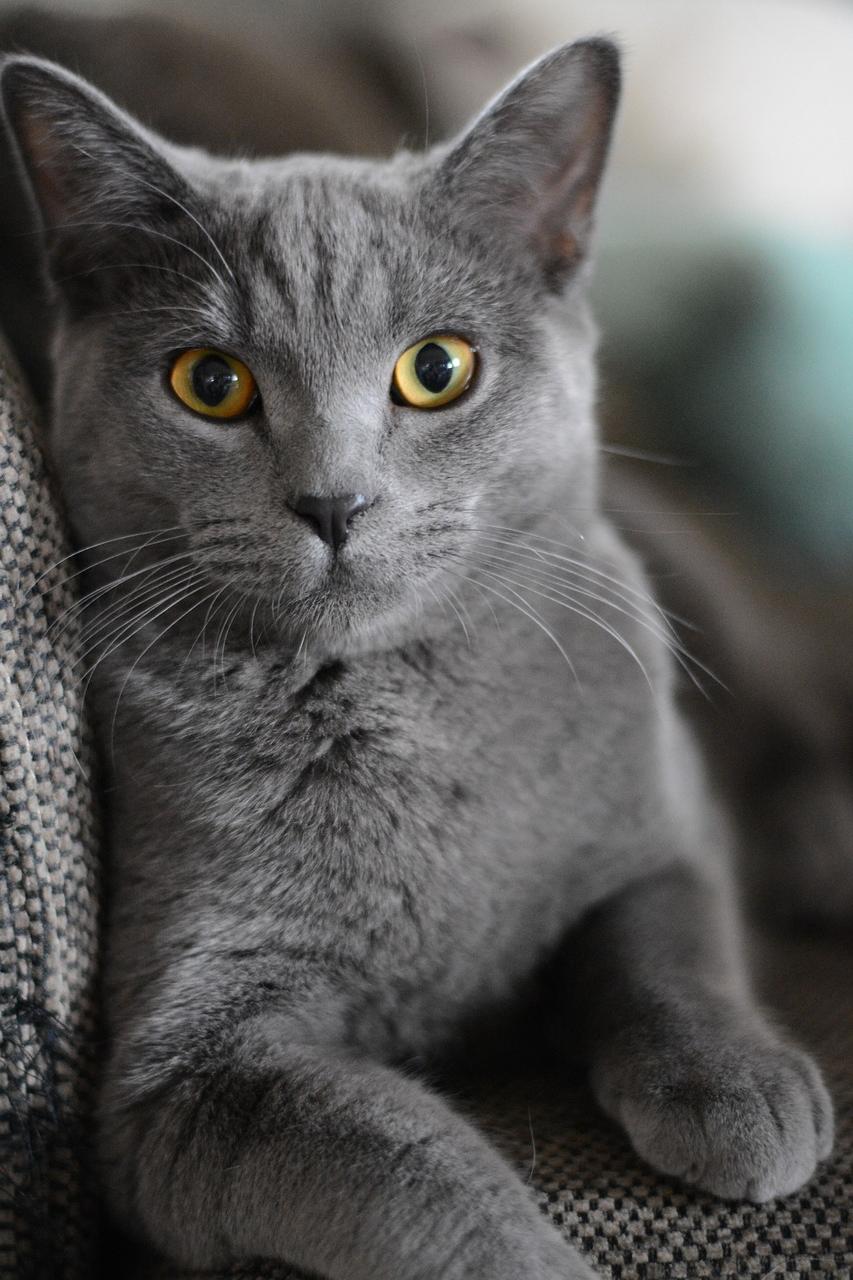
Here's how you can address the issue:
- Keep your cat mentally engaged and redirect their attention with interactive toys and scratching posts. This will help them avoid peeing on rugs.
- Remember that inappropriate urination doesn't mean your cat is being naughty or trying to get back at you. It often indicates stress, anxiety, or medical problems.
- Having male cats neutered can reduce their urine spraying behavior, especially if they haven't been neutered yet.
- Multi-cat households need to consider environmental stressors. Make modifications to the environment and ensure there are enough resources to minimize competition among cats.
- Instead of merely using deterrents, it's crucial to find and address the underlying cause of the behavior. Consult a veterinarian or animal behaviorist for expert guidance.
- Use positive reinforcement training techniques to change your cat's behavior. Reward them when they exhibit desired behaviors, which will encourage them to continue those good habits instead of inappropriate urination.
- Avoid punishing your cat, as it can worsen the problem and add more stress for them.
- Keep in mind that certain cats, particularly unfixed males, may have issues with peeing around the house. Neutering can make a big difference.
- Seeking professional assistance will help you work towards resolving behavioral issues and preventing future incidents of rug peeing.
But what about the litter box?
Addressing litter box issues is crucial if you want to put an end to your cat's rug peeing antics.
Let me show you how you can create the ideal elimination area that will make them forget all about those bathroom rugs!
Litter Box Issues and Their Impact
If you're having trouble with your cat's litter box, here are some simple tips to help you out:
- Get a bigger litter box that gives your cat more space, especially if they're on the larger side or just like room to move.
- Take into account what your cat prefers when choosing a litter box - their personal preferences and associations matter.
- Don't make sudden changes to the type of litter you use; introduce any new options gradually to avoid scaring them away.
- If you have multiple cats, it's a good idea to have multiple litter boxes to prevent any competition or territorial issues.
- Make sure the location and surroundings of the litter box don't bring up any bad memories or associations for your cat.
- Use soft, comfortable litter to entice your cat to use the box instead of finding other spots in your house to do their business.
- Keep the litter box clean and change it regularly to keep things fresh and discourage your cat from looking for alternative spots.
- Find a quiet and private area in your home to place the litter box - less noise and distractions will help minimize accidents.
- Consider the size and accessibility of the box based on your cat's specific needs.
- In rare cases where your cat consistently avoids the litter box, it might be worth exploring alternative elimination options for their comfort.
With these tips, you can nip any litter box issues in the bud and ensure your cat does their business where they should.
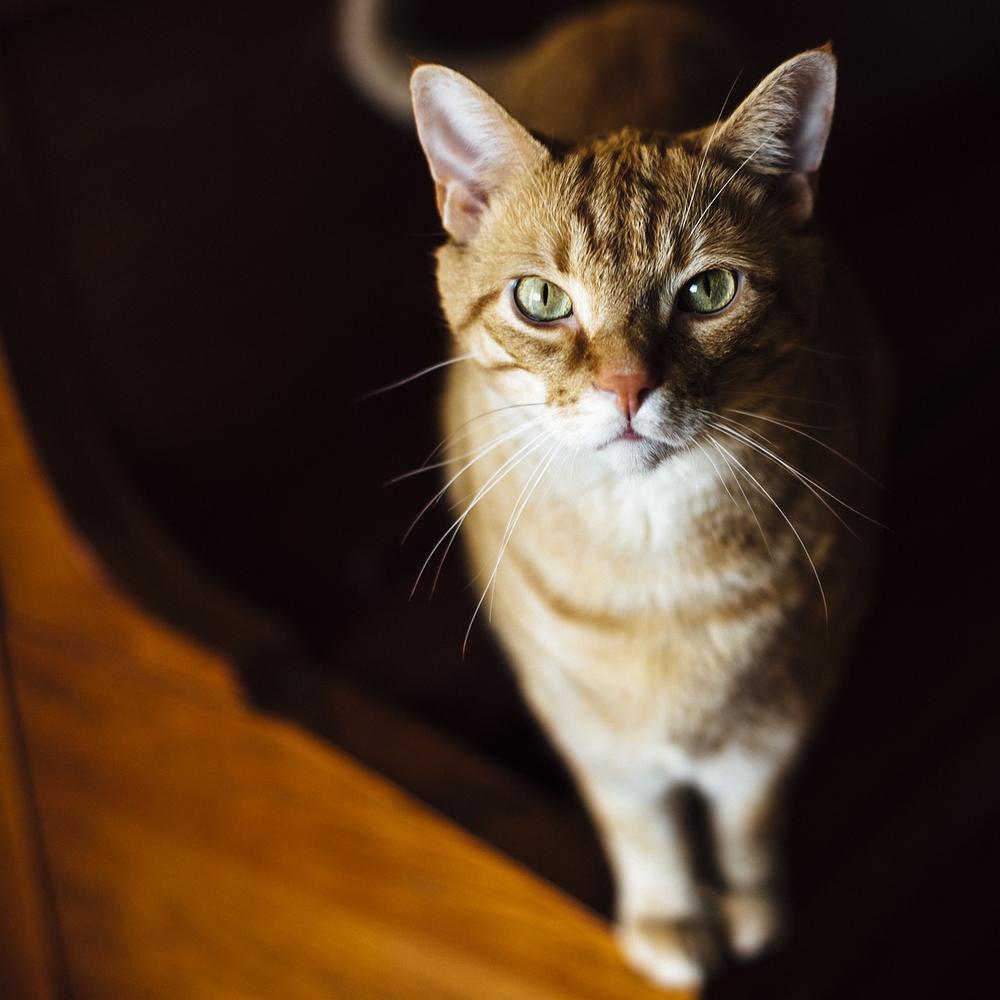
But what happens when you've followed all the tips for a perfect litter box setup and your cat still insists on peeing on your bathroom rugs?
It's time to delve deeper into the dynamics of a multicat environment and understand how territory disputes can impact your feline friend's elimination habits.
Let's explore the reasons behind this behavior and discover effective solutions together!
Territorial Markings as a Motivation for Peeing on Rugs
You gotta ensure the cats feel comfortable and secure in their space.

This means avoiding any clashes over territory or those annoying marking behaviors.
So here's what you can do to set up a peaceful multicat environment:
- Give each cat separate resources, like food bowls and litter boxes. That way, they'll feel like they have their own little kingdom.
- Don't forget to spay or neuter your cats. It's a game-changer when it comes to reducing those pesky marking habits.
- If there are other cats lurking outside, close the curtains or doors to keep your feline friends from getting all territorial.
- When introducing new people or pets, take it slow. Give everybody some time to get used to each other and minimize any anxiety or marking troubles that might arise.
Now, I get that finding pee on your rugs is pretty darn frustrating. But with these simple strategies, you'll be well on your way to creating a harmonious home where everyone—humans and cats alike—can live without any pee-related issues! 😺
And now, let's explore why cats specifically target bathroom rugs and the fascinating reasons behind this peculiar behavior!
Cats' Preference for Bathroom Rugs
Have you ever wondered why your cat loves your bathroom rugs?
I can tell you why. It turns out that cats are drawn to the soft and cozy texture of those rugs.
The combination of the texture and pleasant smell makes bathroom rugs an attractive spot for them to do their business.
But don't worry, this behavior is usually limited to bathroom rugs only, so it won't affect their litter box habits.
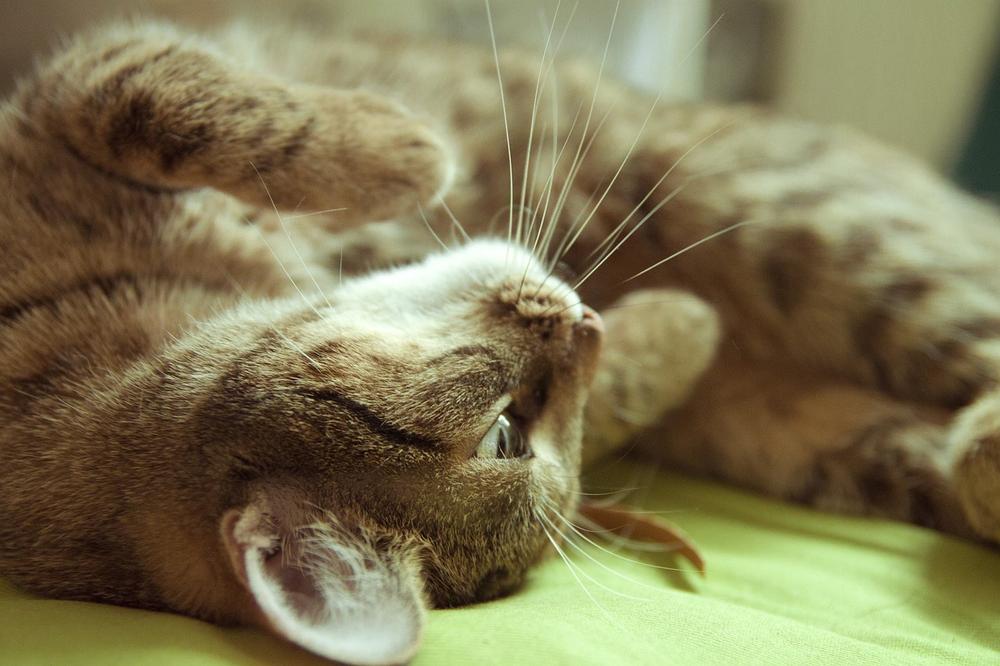
If your cat is older and consistently prefers bath mats, it's just a personal quirk.
To help redirect their focus to appropriate bathroom habits, try offering alternative soft spots like cat beds or blankets in areas where they usually go for bathroom rugs. Interestingly, the rubber non-slip layer on bathroom rugs might also be a factor in attracting cats.
So if you've been cleaning up your cat's messes on your bathroom rug, don't stress.
It's just a bath mat thing and won't impact their in essence litter box behavior.
You don't have to remove all the mats from your apartment, especially those by the double vanity.
And if you've recently moved or made changes to your home, like I did, it could be contributing to this issue:
Adjustment to a New Environment as a Possible Reason
To minimize stress-induced urination on bathroom rugs, you can use pheromone diffusers like Feliway.
These diffusers create a sense of familiarity and security in the new environment, helping your pet feel more at ease. Changes in the household or environment can be overwhelming for both humans and pets, causing disruptions in regular elimination habits.
I experienced this firsthand when my own cat started urinating outside the litter box after we moved to a new apartment.
Cats that haven't fully adapted to their surroundings are particularly prone to this behavior when adjusting to a new environment. So, using pheromone diffusers can be an effective solution.
Proper Cleaning Techniques for Cat Urine on Bathroom Rugs
When it comes to cleaning up cat pee on your bathroom rugs, you want to make sure you're using the right methods so those funky smells go away for good.
Here's what you need to do:
- First things first, grab some paper towels or a clean cloth and blot up as much of that fresh urine as you can. No rubbing though, because that'll just make matters worse.
- Next up, get yourself an enzymatic cleaner that's made specifically for tackling pet odors. These bad boys break down the yucky uric acid in the pee, eliminating the stink from its source.
- Let that enzyme cleaner sit on the rug for about 10-15 minutes. This will give the enzymes enough time to work their magic and completely obliterate any traces of odor.
- If the smell is really stubborn and refuses to go away, you might have to bid farewell to your old rug and replace it with a brand new one. Sometimes the cat pee sneaks down into the padding below, making it nearly impossible to fully remove.
- If you've got a fabric rug that's machine-washable, throw it in with your regular laundry detergent, and use cold water to avoid setting the stain.
- Non-washable rugs require a different approach. Spot clean those suckers with some cold water and mild detergent. Gently scrub the stained area until the pee is lifted, then pat dry with a towel.
- To banish any lingering aromas, bring out the big guns—a pet odor neutralizer or sprinkle some baking soda all over the rug. Let it chill there for a couple of hours or overnight, then vacuum it all up.
With these tips and tricks, you'll have your bathroom rugs smelling oh-so-fresh and squeaky clean before you know it!
So go ahead, reclaim your bathroom from those nasty odors—you deserve it!
How to Prevent and Stop Cats From Peeing on Bathroom Rugs
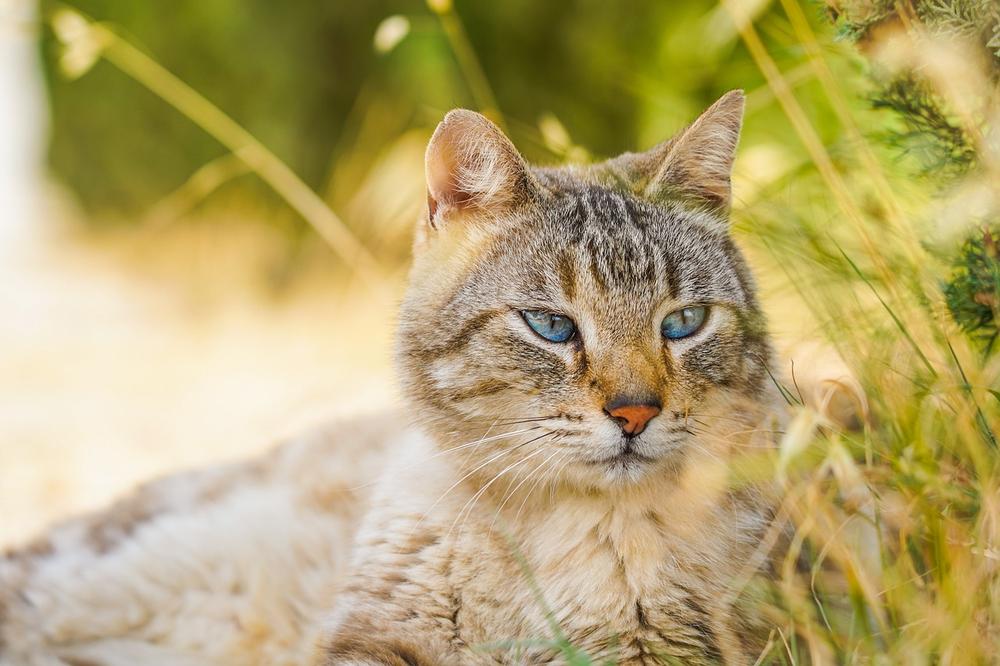
To prevent cats from peeing on bathroom rugs, follow these 11 effective strategies:
- Reinforce litter box usage through positive reinforcement.
- Immediately reward your cat with treats or praise after using the litter box.
- Thoroughly clean the area with an enzymatic cleaner to eliminate lingering scents.
- Identify and address any potential stressors in your cat's environment.
- Try using citrus scents or vinegar as deterrents on the rugs.
- Seek advice from professionals before removing the rugs altogether.
- Block your cat's access to the rug or deter them from going near it.
- Utilize deterrent sprays or devices that emit air or sound.
- Place double-sided tape on the rug to create discomfort for your cat.
- Spray strong floral scents as a deterrent.
- Make adjustments in your home to discourage unwanted behavior.
By following these suggestions, you can effectively stop your cat from urinating on bathroom mats and ensure a sanitary living environment.
And that wraps up today's article.
If you wish to read more of my useful articles, I recommend you check out some of these: Do Cats Poop Pee When They Are Scared or Stressed, My Cat Keeps Pooping on the Floor in the Same Spot, Why Does My Cat Wait Outside the Bathroom, Why Does My Cat Drag My Clothes Into the Litter Box, and Why Does My Cat Slap Me With His Tail
Talk soon,
-Sarah Davis